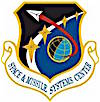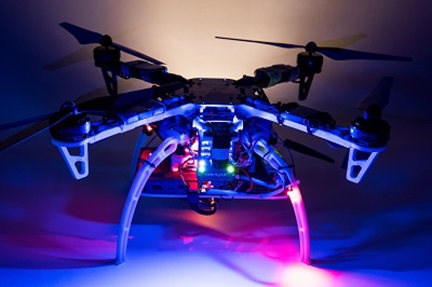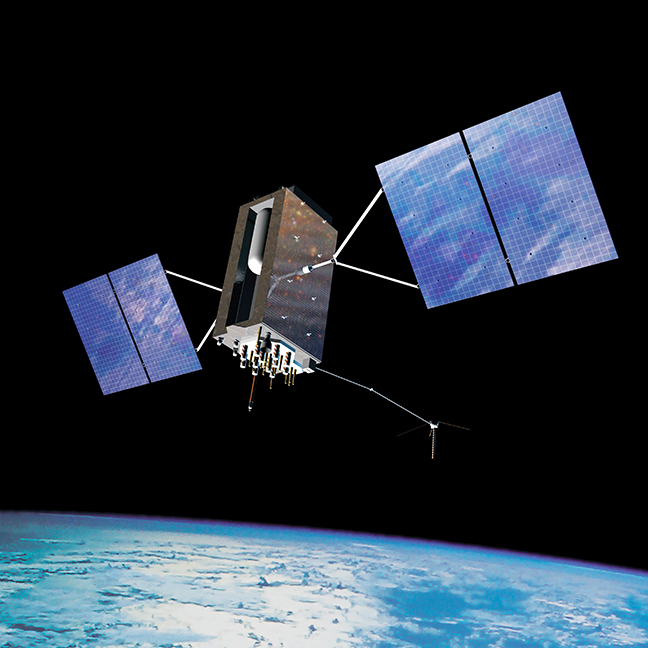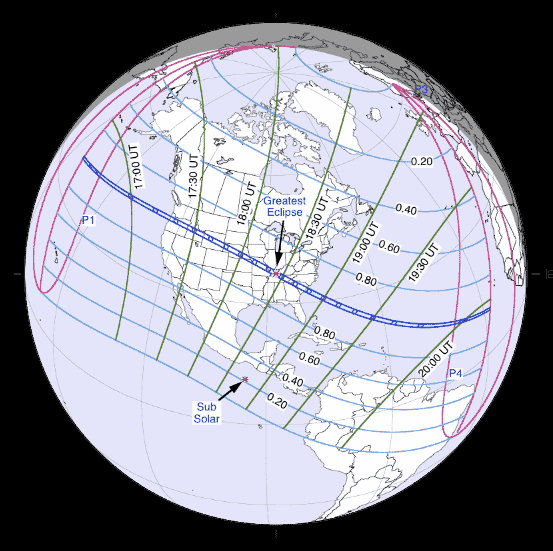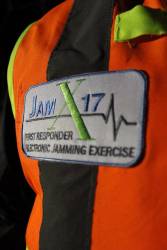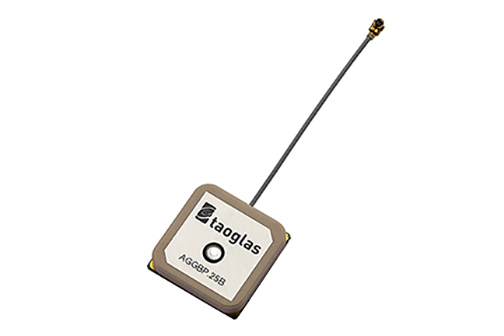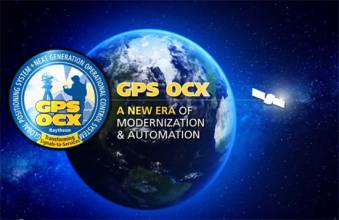Combined Spending Bill Unlikely to Impact GPS but Federal Shutdown Possible
The old quip about limitations refers to cramming 10 pounds of stuff into a five-pound sack. Congressional lawmakers must be wishing for something that easy as they get ready to return to work Sept. 5.
By Dee Ann Divis

